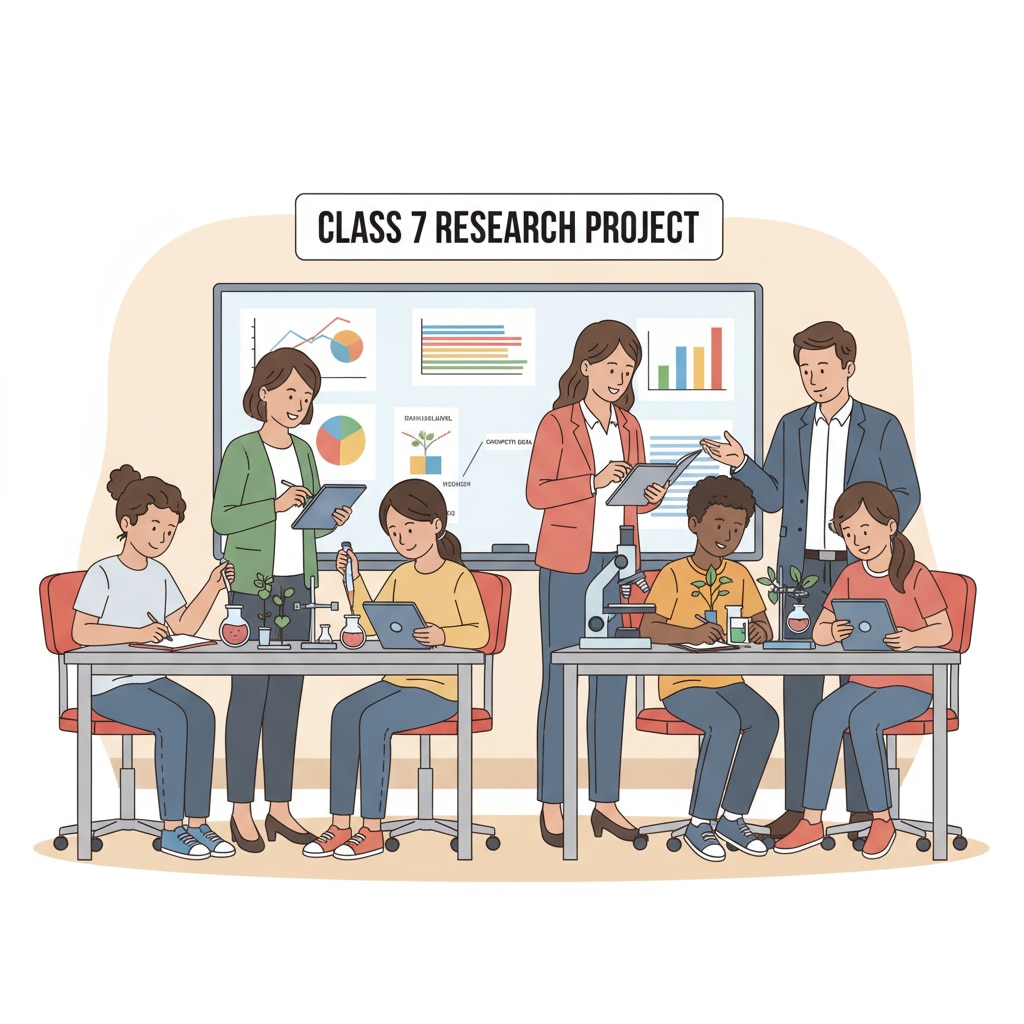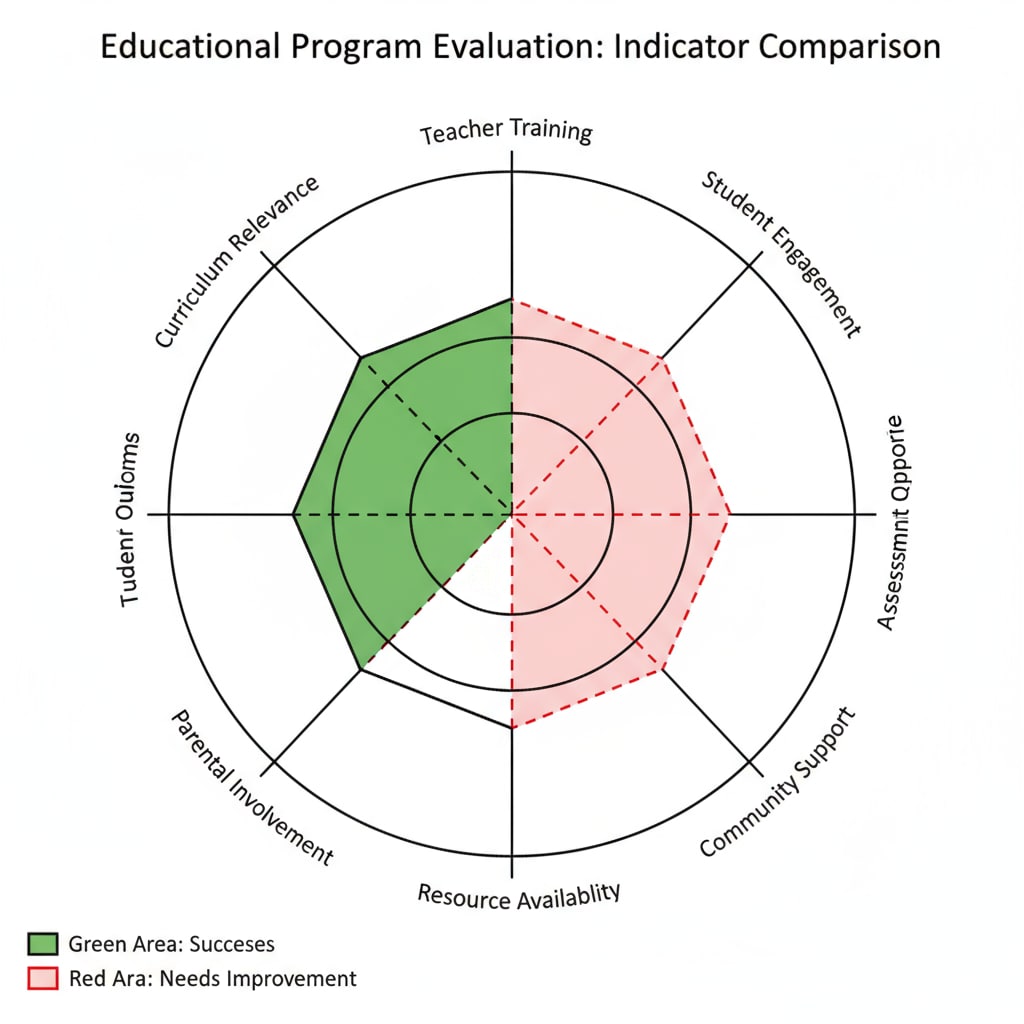In the realm of K12 education, research, evaluation, and educational inequality are intertwined concepts that significantly impact the pursuit of educational equity. Research and evaluation, though seemingly similar, have distinct characteristics and play unique roles in addressing the persistent issue of educational inequality.
The Nature of Research in Education
Research in education is a systematic inquiry aimed at generating new knowledge, understanding complex educational phenomena, and uncovering underlying principles. It involves exploring various aspects such as teaching methods, student learning processes, and the impact of educational policies. For example, a researcher might conduct a study to understand how different instructional strategies affect students’ mathematical performance. This could involve gathering data from multiple classrooms, analyzing the results, and drawing conclusions. According to Educational research on Wikipedia, educational research can be qualitative, quantitative, or a combination of both. Qualitative research focuses on understanding the experiences and perspectives of individuals, while quantitative research uses numerical data to establish relationships and make generalizations.

The Essence of Evaluation in Education
Evaluation, on the other hand, is the process of making judgments about the value, effectiveness, or quality of an educational program, product, or practice. It aims to provide information for decision-making. For instance, an evaluation of a new textbook might involve assessing its content accuracy, usability, and its impact on student learning. As stated on Evaluation on Britannica, evaluation often involves setting criteria, collecting data, and comparing the actual performance against the set standards. It helps in determining whether an educational initiative is achieving its intended goals and if any improvements are needed.

Differences between Research and Evaluation
One key difference is their purpose. Research is more about discovery and expanding knowledge, while evaluation is centered on making judgments and providing feedback for improvement. Research questions tend to be open-ended and exploratory, such as “What are the factors influencing students’ motivation in science classes?” Evaluation questions, however, are more focused on assessing performance, like “Is the new reading program effective in improving students’ literacy skills?” Additionally, research often takes a longer time to complete as it delves deep into understanding complex phenomena, while evaluation can be more timely, especially when it comes to making immediate decisions about an ongoing educational activity.
Similarities between Research and Evaluation
Both research and evaluation rely on data collection and analysis. They use various methods such as surveys, interviews, and observations to gather information. In both cases, the data collected is carefully analyzed to draw meaningful conclusions. Moreover, they both contribute to the improvement of education. Research findings can inform the development of new educational practices, while evaluation results can guide the modification and enhancement of existing programs.
The Synergy of Research and Evaluation in Addressing Educational Inequality
When it comes to educational inequality, research and evaluation can work in tandem. Research can identify the root causes of educational disparities, such as differences in socioeconomic background, access to resources, or teaching quality in different regions. Once these causes are identified, evaluation can be used to assess the effectiveness of interventions designed to reduce inequality. For example, if research shows that students from low-income families are lagging behind in language arts, an evaluation can be conducted on a new tutoring program aimed at these students to determine if it is making a positive impact.
Readability guidance: As seen above, we have used short paragraphs to clearly present the key points. Each section has a focused list of ideas. The use of passive语态 has been minimized, and long sentences have been carefully crafted to maintain clarity. Transition words like “however”, “for example”, and “moreover” have been used throughout the article to ensure smooth flow.


